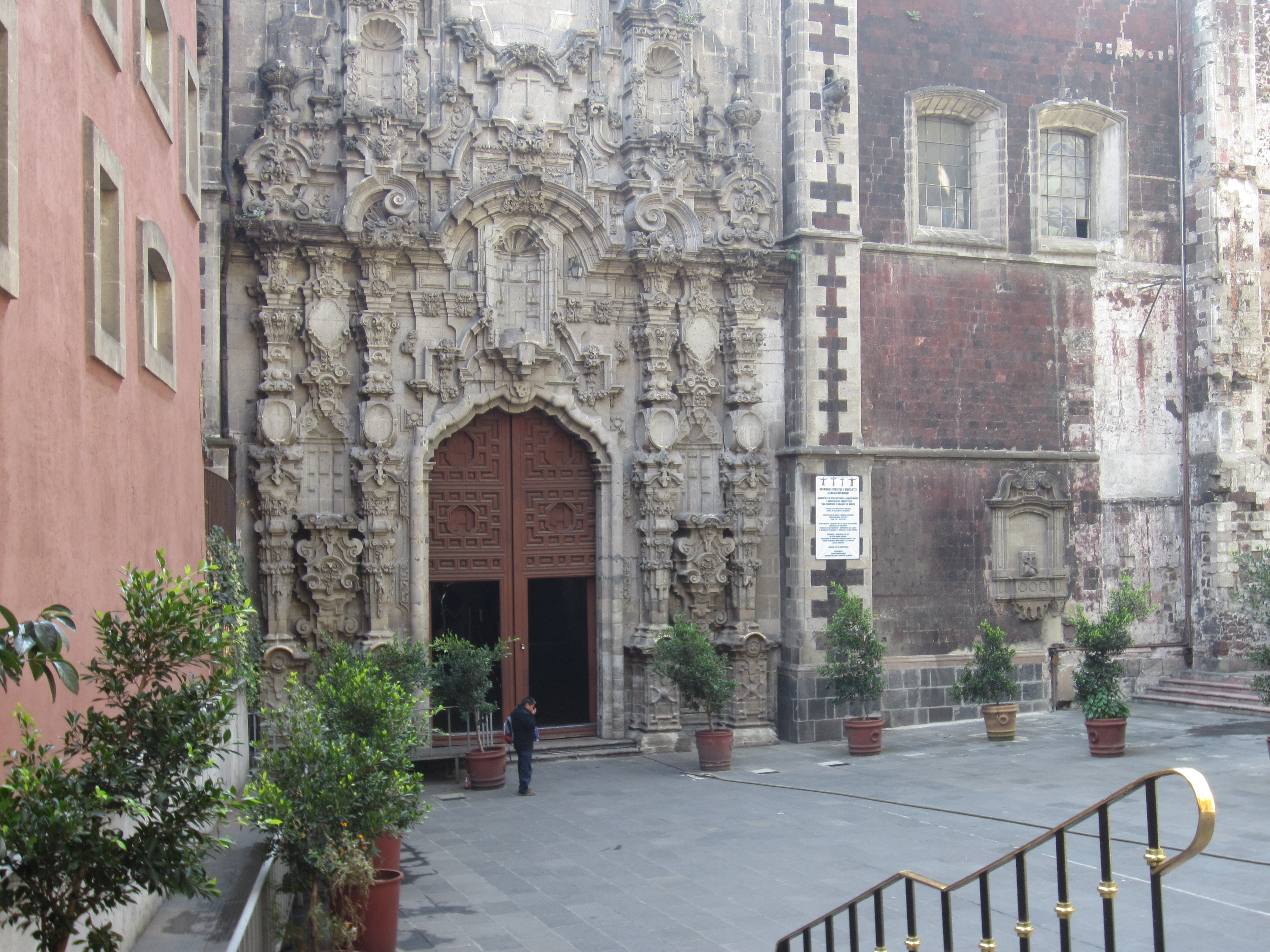
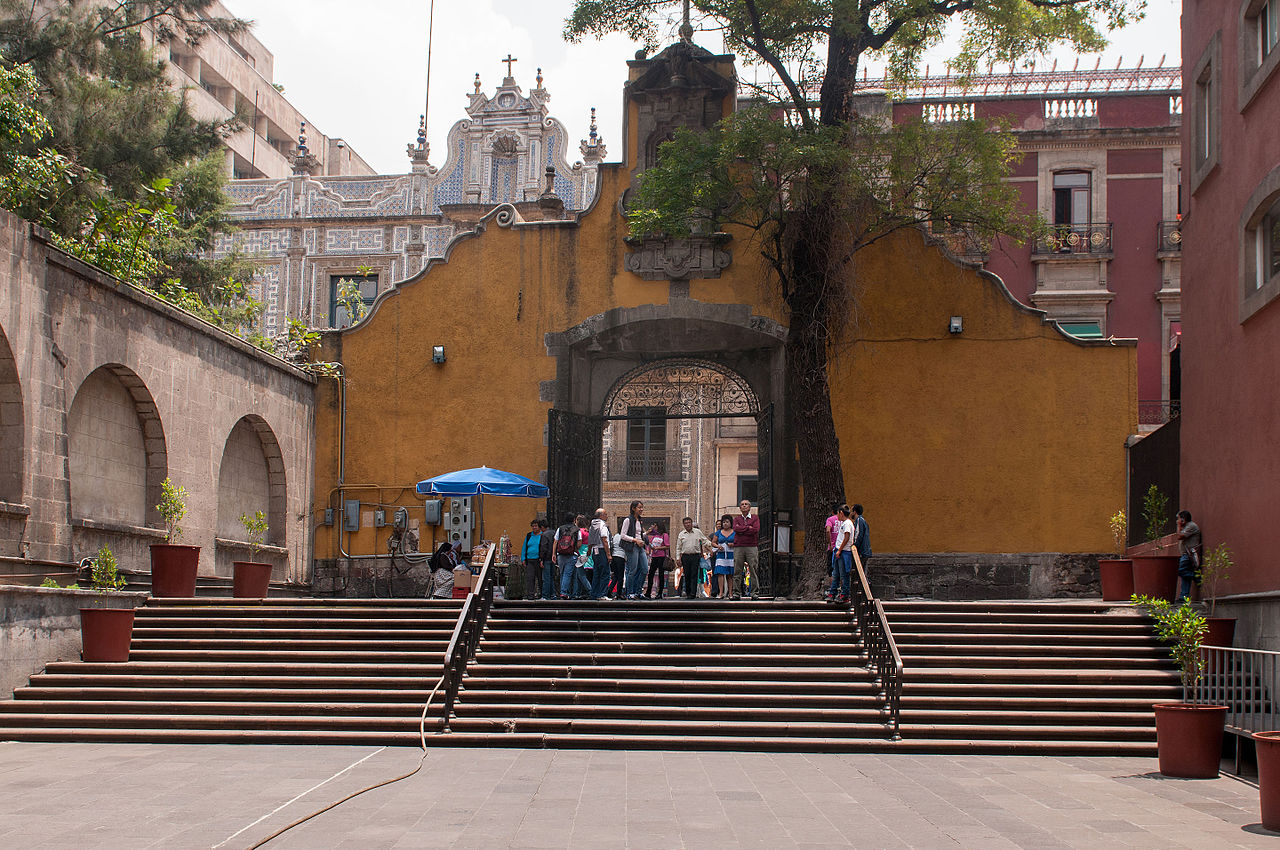
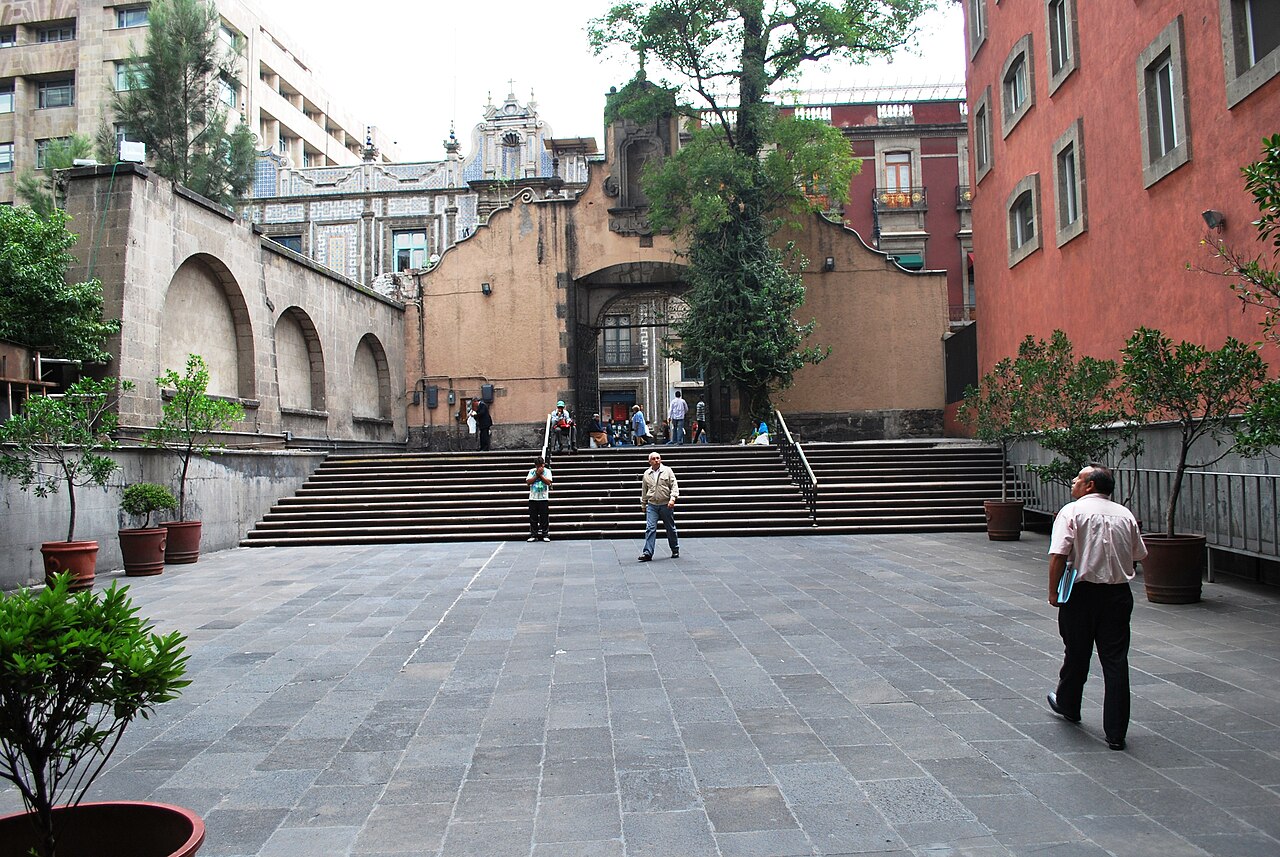
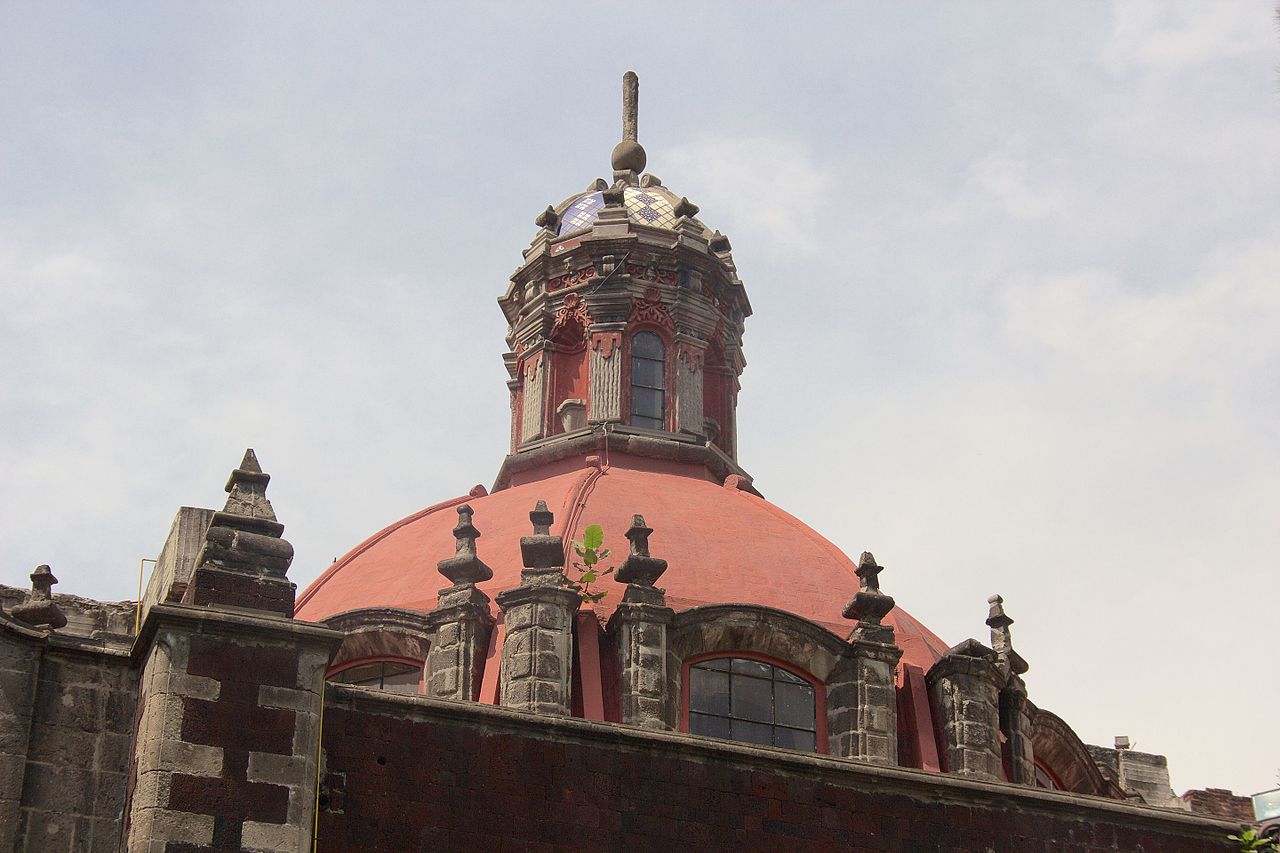
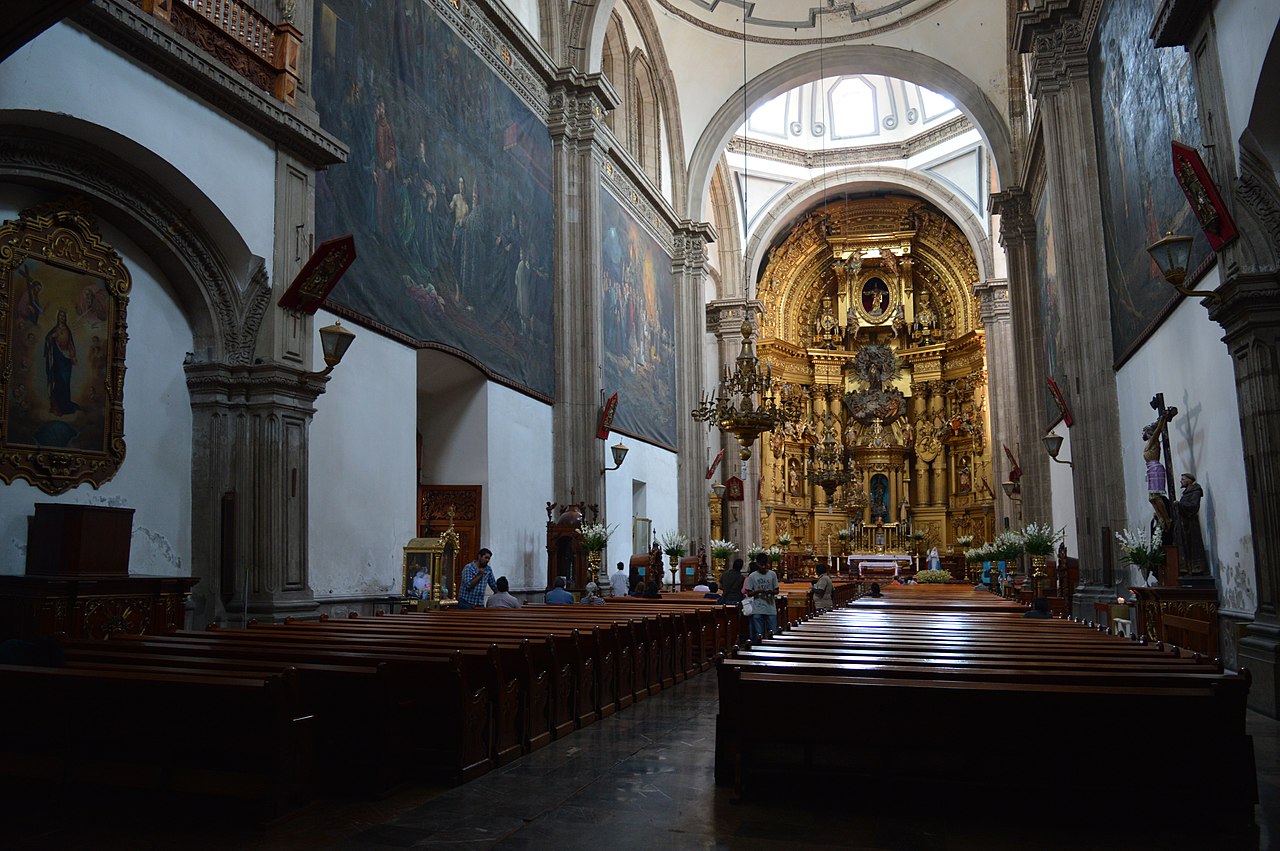
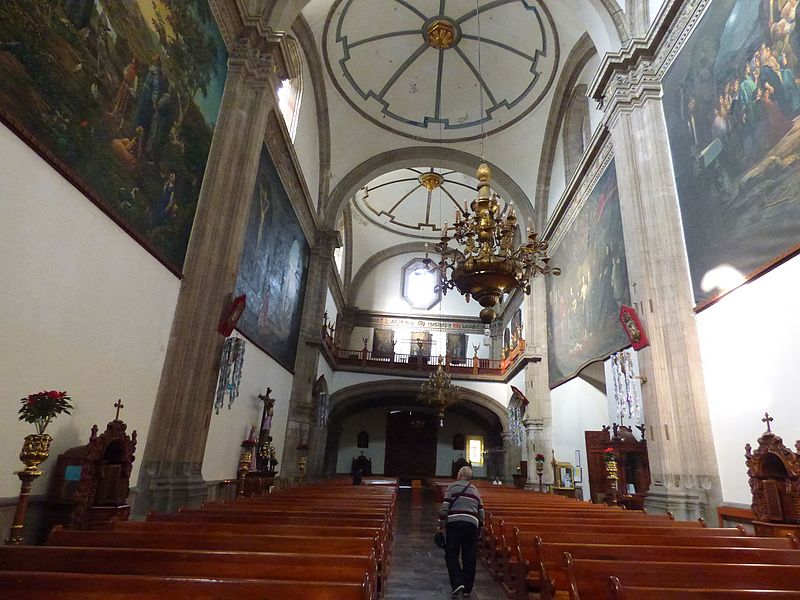
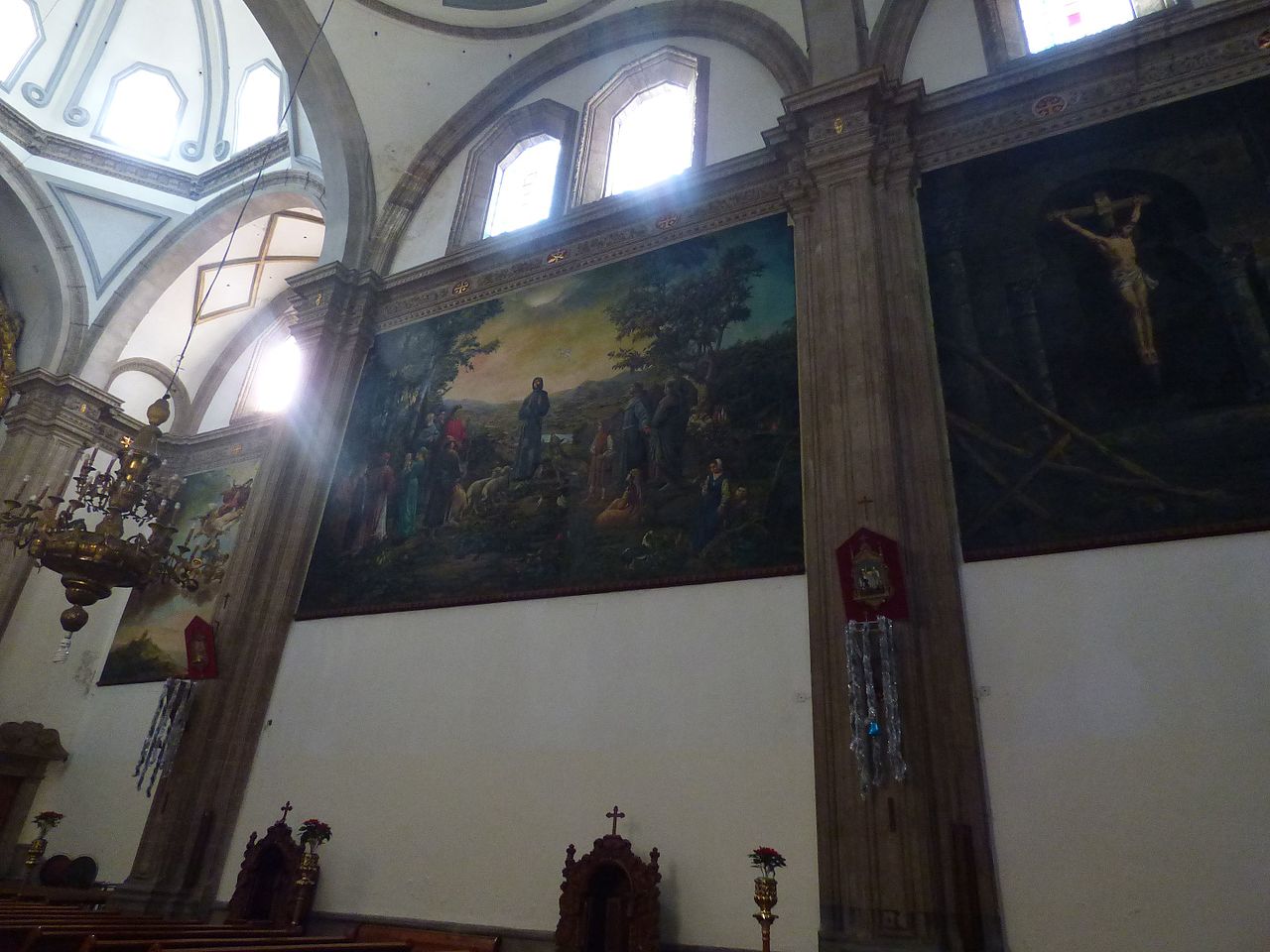
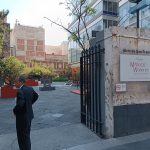 Today, at the corner of Eje Central and the Avenida Madero once stood the "Casa de las Fieras." It was a space for the preservation of animal species necessary for the rituals and the enjoyment of the Tlatoani, that is, the Emperor of ancient Tenochtitlan. Later, in the same space the Monastery of San Francisco, the "New" or the "Great" was founded. It was an architectural complex of several cloisters, an orchard, temple, chapels and an atrium. It occupied the entire space between the Avenida Madero to the north, Eje Central to the west, Fray Pedro de Gante to the east and Venustiano Carranza to the south.
The complex began to disappear already in the second half of the 19th century. The cells, oratories, and chapels collapsed. The land was sold to private individuals and converted into parcels. Today, three chapels, a cloister, the atrium, and the original temple survive, but without the main façade. The old atrium now serves as a temporary exhibition space.
Today, at the corner of Eje Central and the Avenida Madero once stood the "Casa de las Fieras." It was a space for the preservation of animal species necessary for the rituals and the enjoyment of the Tlatoani, that is, the Emperor of ancient Tenochtitlan. Later, in the same space the Monastery of San Francisco, the "New" or the "Great" was founded. It was an architectural complex of several cloisters, an orchard, temple, chapels and an atrium. It occupied the entire space between the Avenida Madero to the north, Eje Central to the west, Fray Pedro de Gante to the east and Venustiano Carranza to the south.
The complex began to disappear already in the second half of the 19th century. The cells, oratories, and chapels collapsed. The land was sold to private individuals and converted into parcels. Today, three chapels, a cloister, the atrium, and the original temple survive, but without the main façade. The old atrium now serves as a temporary exhibition space.
Heart of México Walking Route: Alameda - Madero
< < Torre Latinoamericana | Casa de los Azulejos > >
Proyecto “Corredor de Cultura Digital”.
Nombre de la investigación: Investigación Centro Histórico, Monumentos, Edificios y Puntos de Interés (2023)
Dirección de investigación y diseño de Rutas: Acércate al Centro A.C. Guadalupe Gómez Collada
Coordinación e investigación histórica: Fideicomiso del Centro histórico Dir. Maestra Loredana Montes
 55 5521 7331
55 5521 7331
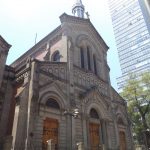
相近 0.04 kms.

相近 0.06 kms.
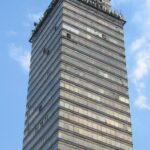
相近 0.06 kms.

Among the strongest places to see historical and colonial period art works . . .

Bellas Artes has long been an iconic symbol of Mexico City's culture and performing arts.
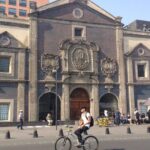
One of Pedro de Arrieta's most lasting contributions to the look and feel of the City.
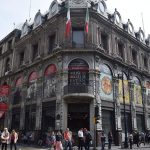
One of the most eclectic of museums, at home in one of the most dynamic of late 19th century buildings.
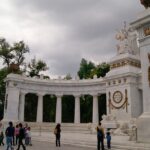
The Benito Juarez monument is just one of the most prominent points of interest in the Alameda Central.